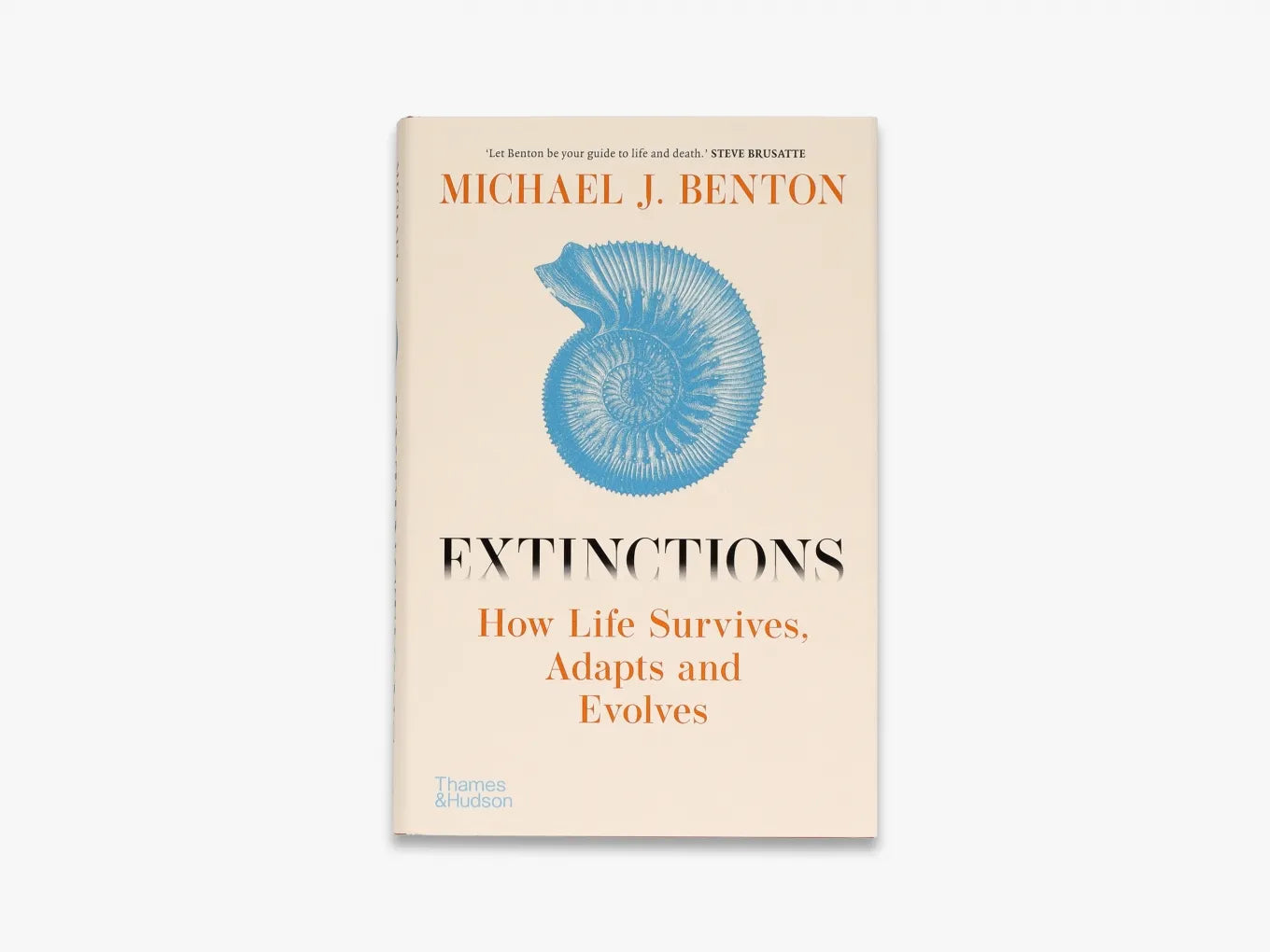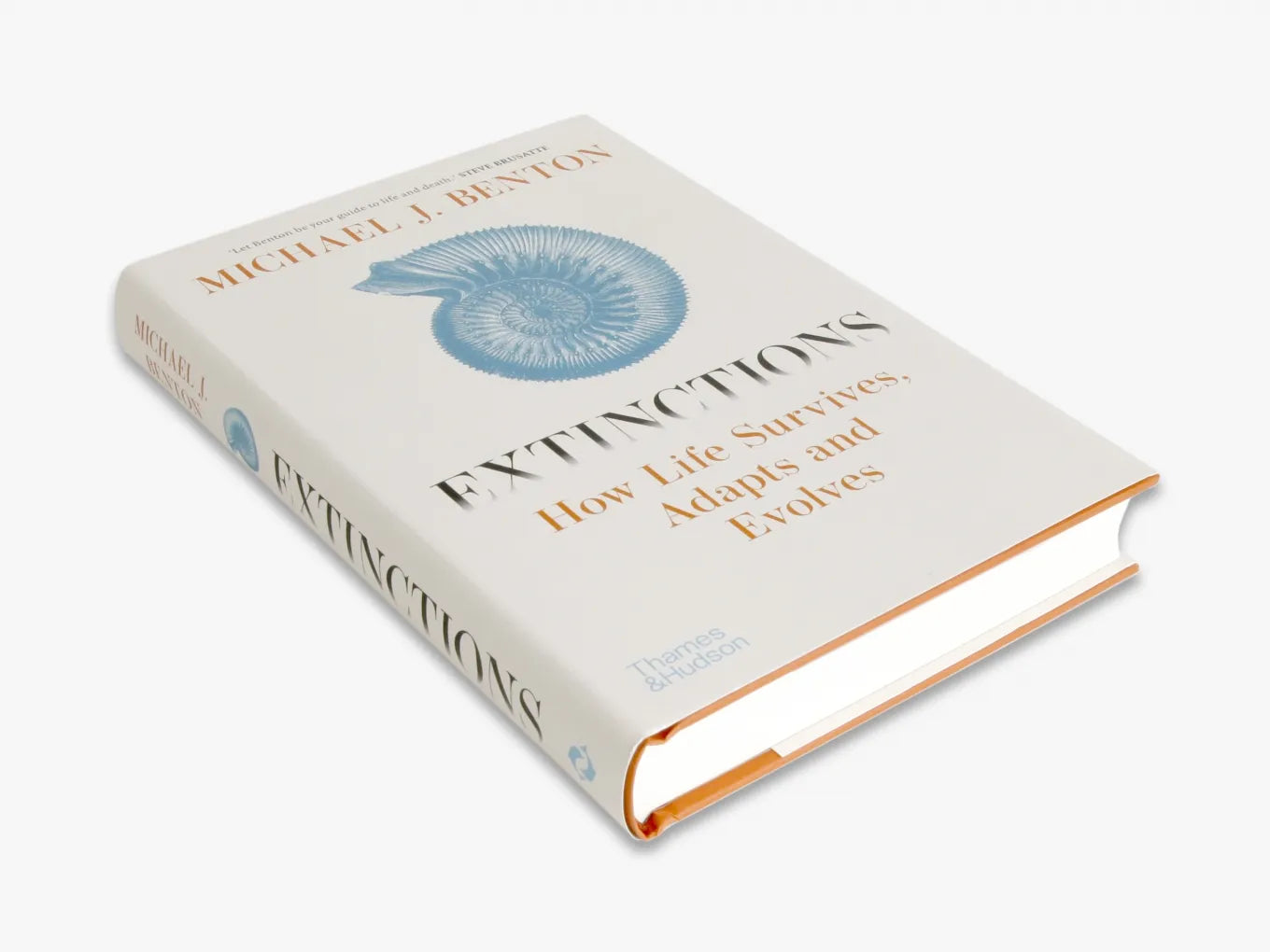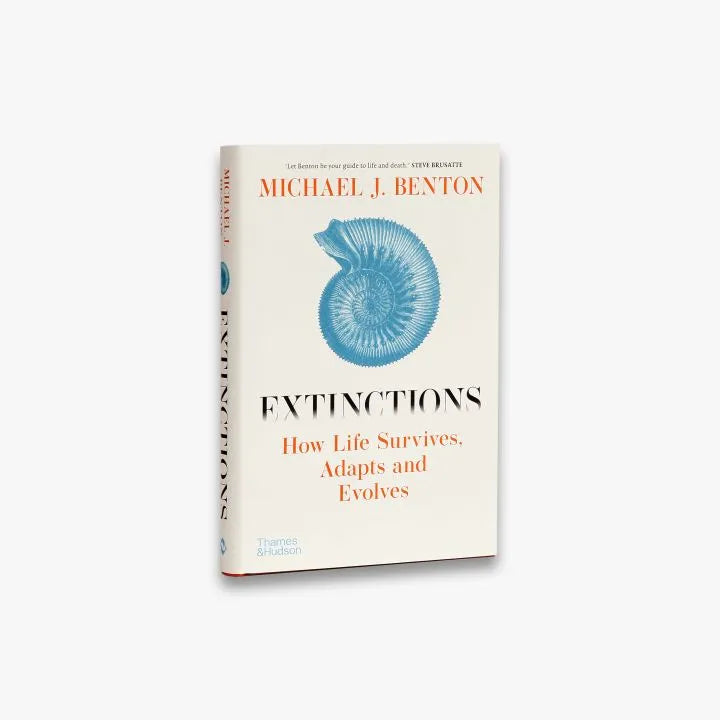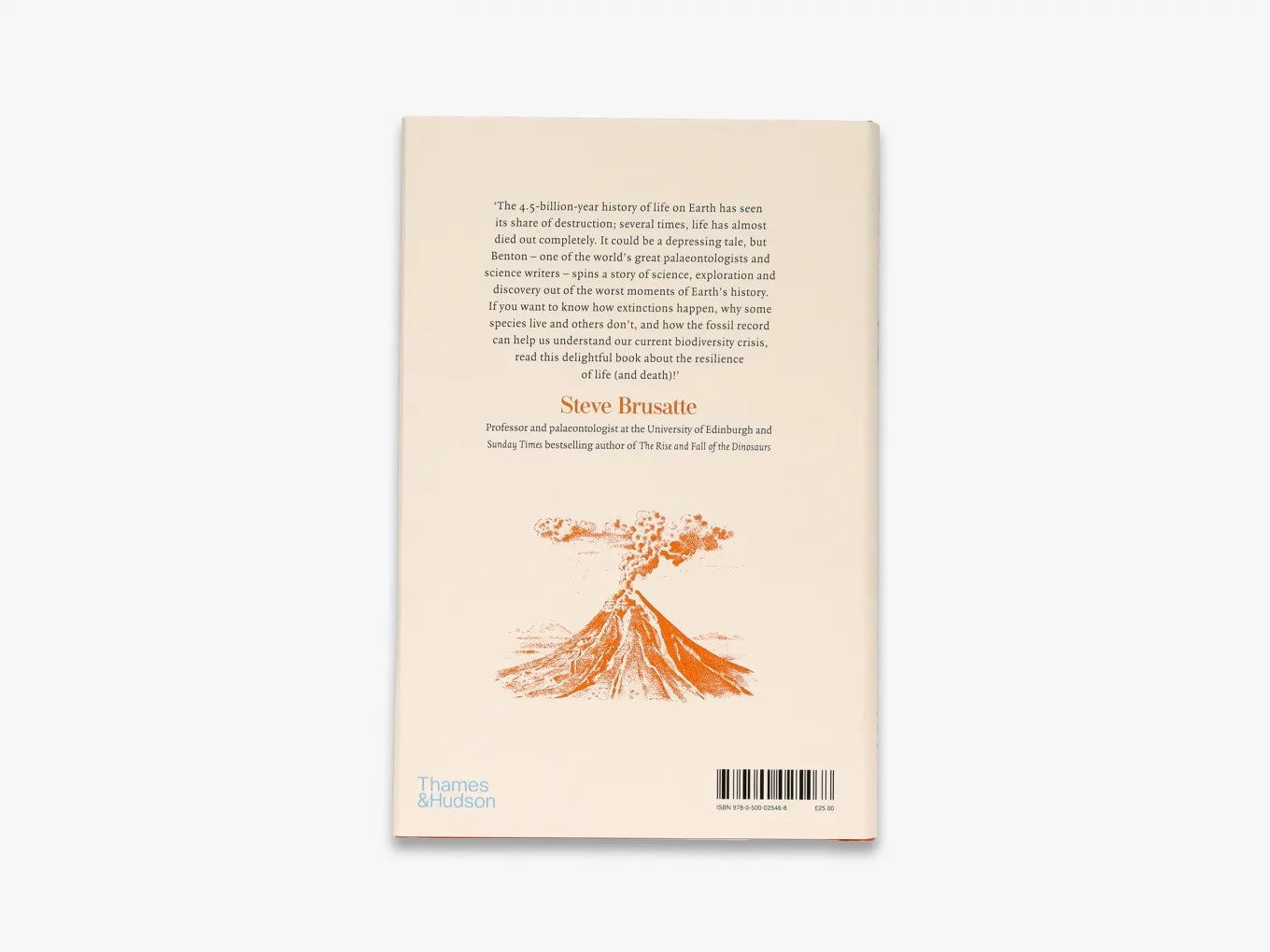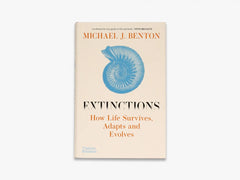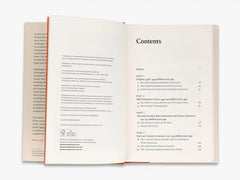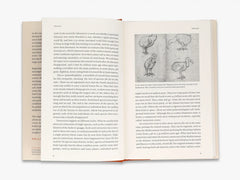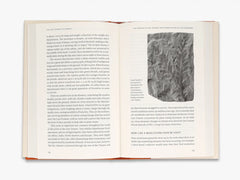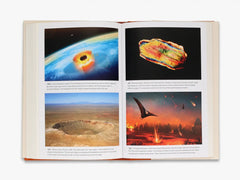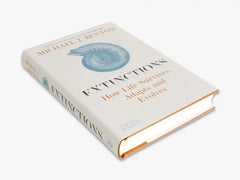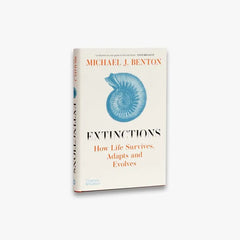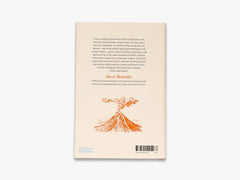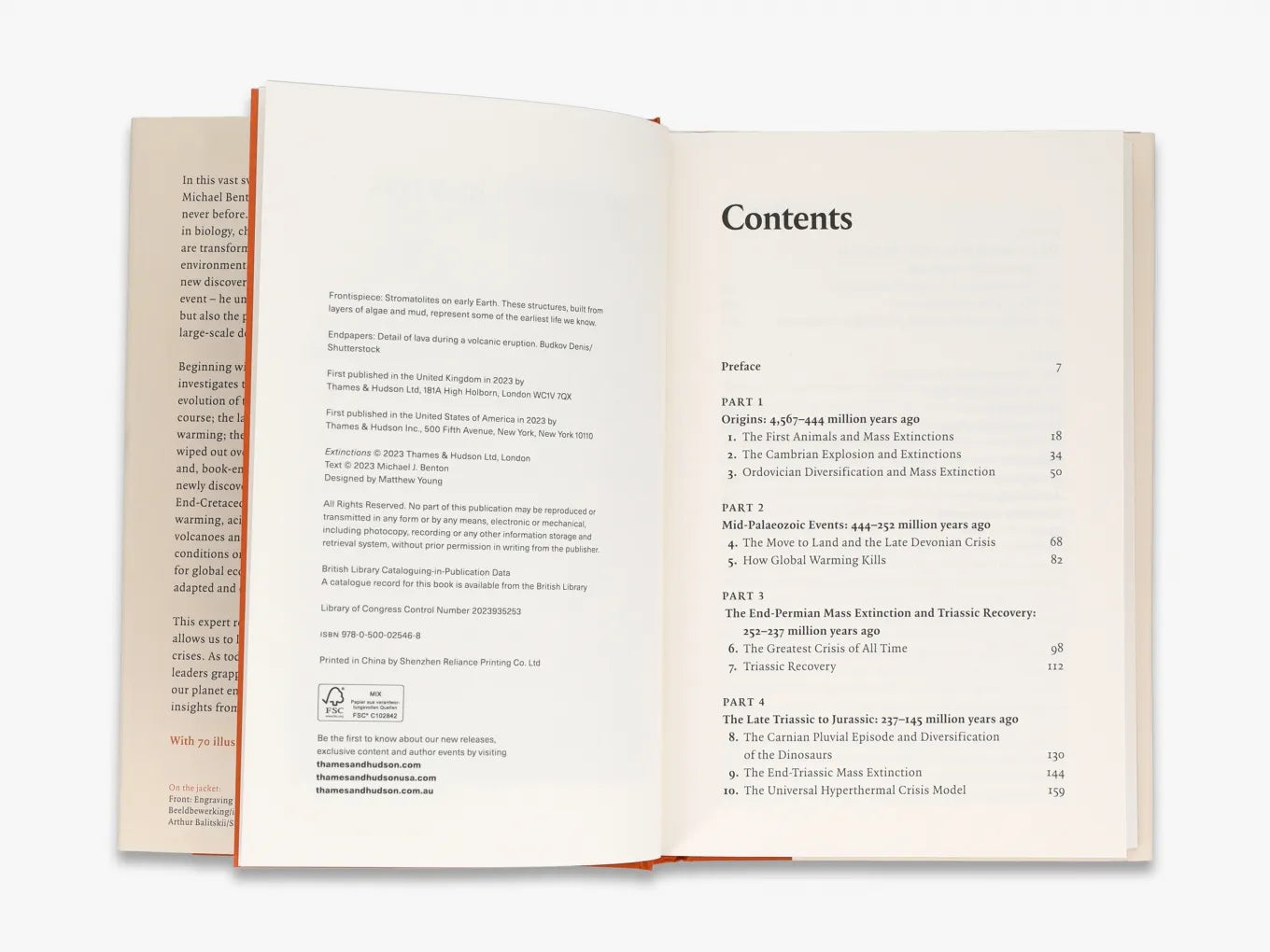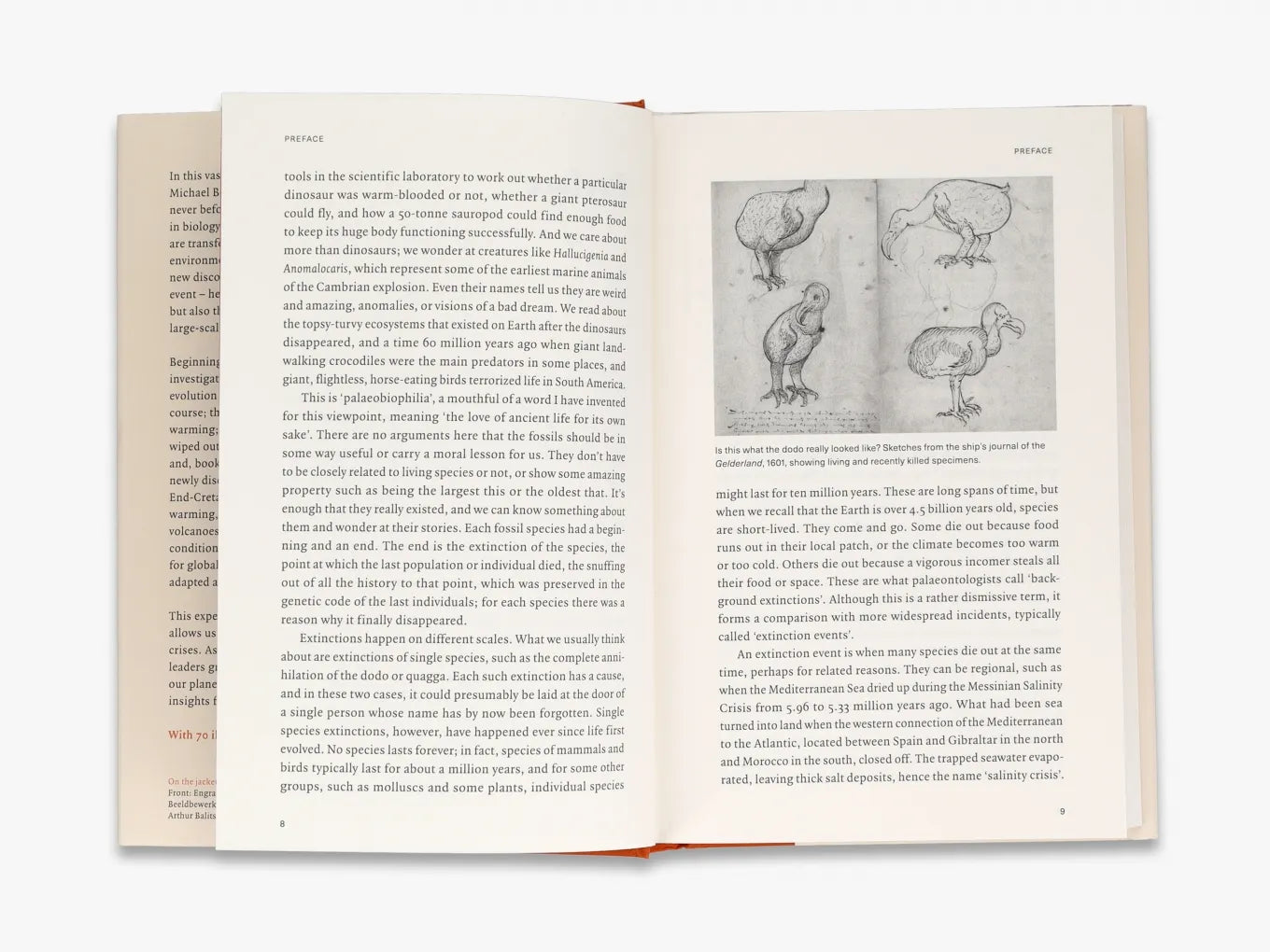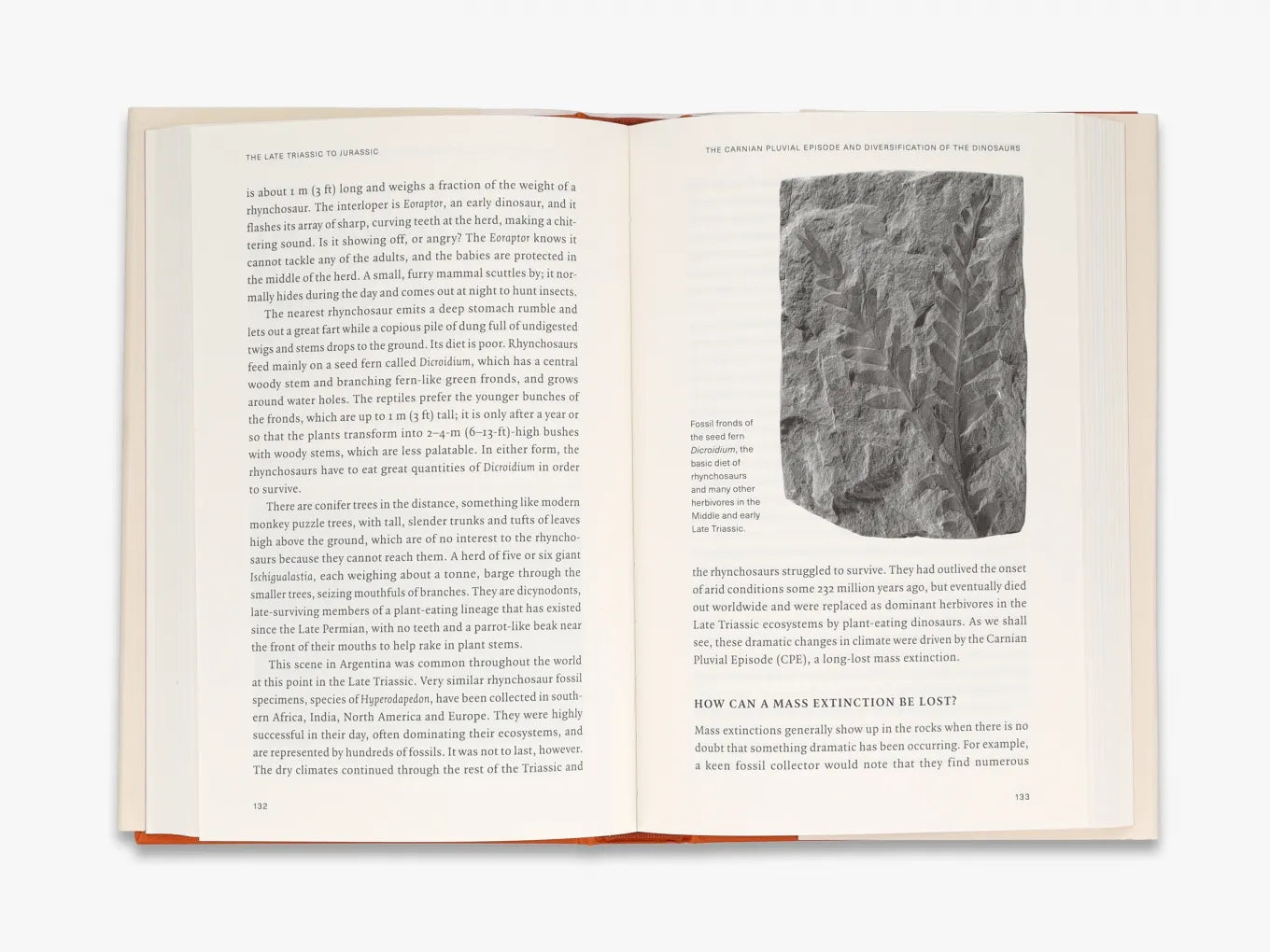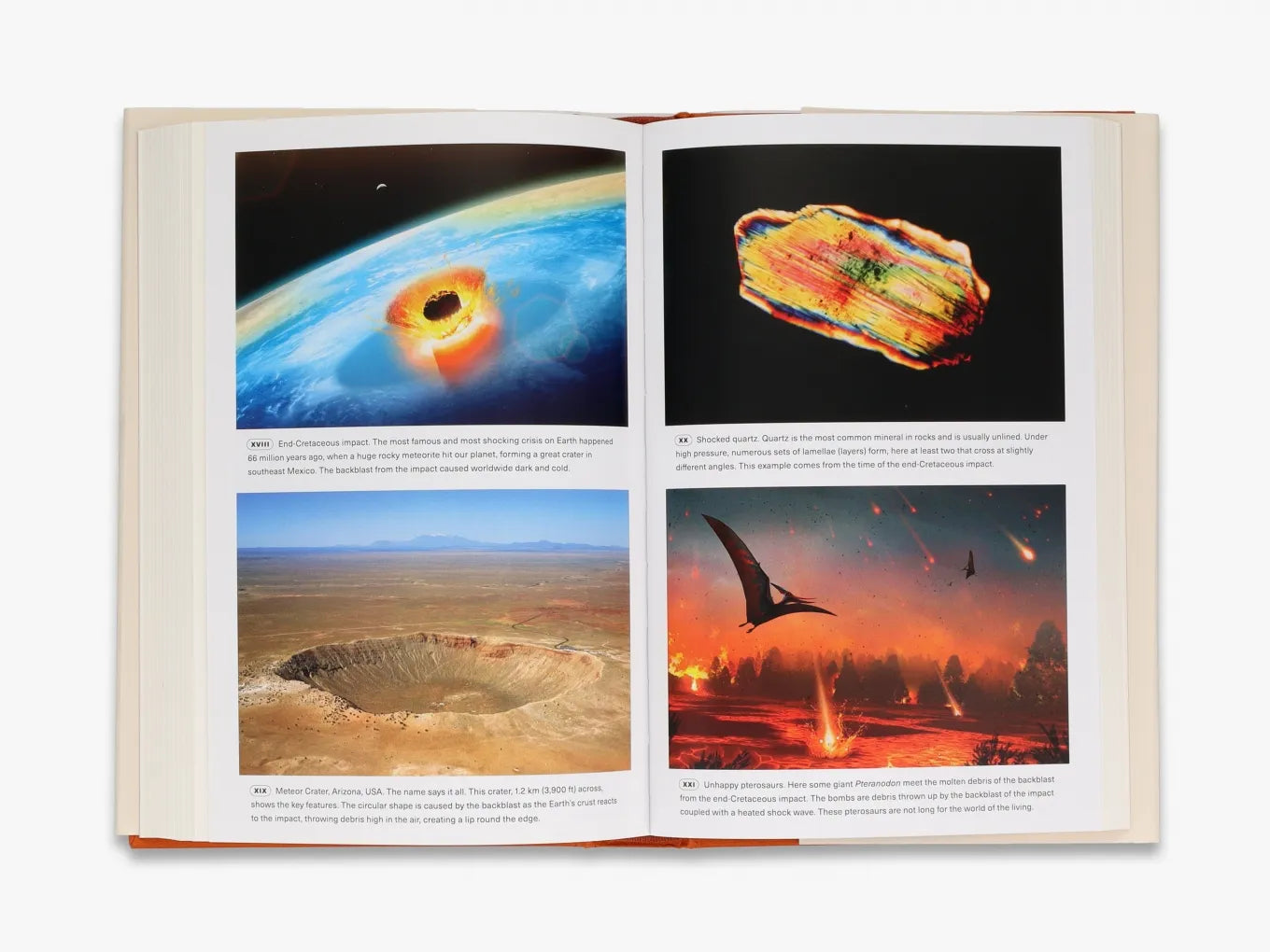In this vast sweep of our Earth’s history, Michael Benton brings the deep past to life as never before. Deploying the cutting-edge tools in biology, chemistry, physics and geology that are transforming our understanding of previous environmental cataclysms – including the incredible new discovery of a hitherto unknown extinction event – he uncovers not only their lethal effects but also the processes that brought about such large-scale destruction.
Beginning with the oldest extinction, Benton investigates the Late Ordovician, which set the evolution of the first animals on an entirely new course; the late Devonian, brought on by global warming; the cataclysmic End-Permian, which wiped out over 90 per cent of all life on Earth; and, book-ending the age of the dinosaurs, the newly discovered Carnian Pluvial Event and the End-Cretaceous asteroid. He examines how global warming, acid rain, ocean acidification, erupting volcanoes and meteorite impact have affected conditions on Earth, the drastic consequences for global ecology, and how life in turn survived, adapted and evolved.
This expert retelling of scientific breakthroughs allows us to link long-ago upheavals to our modern crises. As today’s climate scientists and political leaders grapple to understand these processes and our planet enters the sixth great extinction, these insights from the past may hold the key to survival.
Beginning with the oldest extinction, Benton investigates the Late Ordovician, which set the evolution of the first animals on an entirely new course; the late Devonian, brought on by global warming; the cataclysmic End-Permian, which wiped out over 90 per cent of all life on Earth; and, book-ending the age of the dinosaurs, the newly discovered Carnian Pluvial Event and the End-Cretaceous asteroid. He examines how global warming, acid rain, ocean acidification, erupting volcanoes and meteorite impact have affected conditions on Earth, the drastic consequences for global ecology, and how life in turn survived, adapted and evolved.
This expert retelling of scientific breakthroughs allows us to link long-ago upheavals to our modern crises. As today’s climate scientists and political leaders grapple to understand these processes and our planet enters the sixth great extinction, these insights from the past may hold the key to survival.
Extent: 304 pp
Format: Hardback
Illustrations: 70
Publication date: 2023-09-07
Size: 23.4 x 15.3 cm
ISBN: 9780500025468
Preface
Part 1. The Late Ordovician Mass Extinction
1. The First Animals and First Mass Extinctions
2. The Cambrian Explosion
3. The Late Ordovician Mass Extinction
Part 2. The Late Devonian Mass Extinctions
4. The Devonian Crisis
5. Impacts of Global Warming
Part 3. The End-Permian Mass Extinction
6. The Greatest Crisis of All Time
7. Triassic Recovery
Part 4. The End-Triassic Mass Extinction
8. The Carnian Pluvial Event and Origin of the Dinosaurs
9. The End-Triassic Extinction
10. The Universal Hyperthermal Crisis Model
Part 5. The End-Cretaceous Mass Extinction
11. The Angiosperm Terrestrial Revolution
12. The Day the Dinosaurs Died
13. Recovery and Building of Modern Ecosystems
Part 6. The Anthropocene
14. The End of the Ice Age
15. The Industrial Age
Part 1. The Late Ordovician Mass Extinction
1. The First Animals and First Mass Extinctions
2. The Cambrian Explosion
3. The Late Ordovician Mass Extinction
Part 2. The Late Devonian Mass Extinctions
4. The Devonian Crisis
5. Impacts of Global Warming
Part 3. The End-Permian Mass Extinction
6. The Greatest Crisis of All Time
7. Triassic Recovery
Part 4. The End-Triassic Mass Extinction
8. The Carnian Pluvial Event and Origin of the Dinosaurs
9. The End-Triassic Extinction
10. The Universal Hyperthermal Crisis Model
Part 5. The End-Cretaceous Mass Extinction
11. The Angiosperm Terrestrial Revolution
12. The Day the Dinosaurs Died
13. Recovery and Building of Modern Ecosystems
Part 6. The Anthropocene
14. The End of the Ice Age
15. The Industrial Age
Press Reviews
Steve Brusatte
Observer
New Scientist
Geographical
About the Author
Michael Benton is professor of Vertebrate Palaeontology and head of the world-leading Palaeobiology Research Group at the University of Bristol. He has written more than fifty books, including Dinosaurs: New Visions of a Lost World, The Dinosaurs Rediscovered and When Life Nearly Died, all published by Thames & Hudson. He was awarded an OBE for services to Palaeontology and community engagement and regularly appears in the media to discuss dinosaurs and understanding the history of life.
You May Also Like
View more- Choosing a selection results in a full page refresh.


